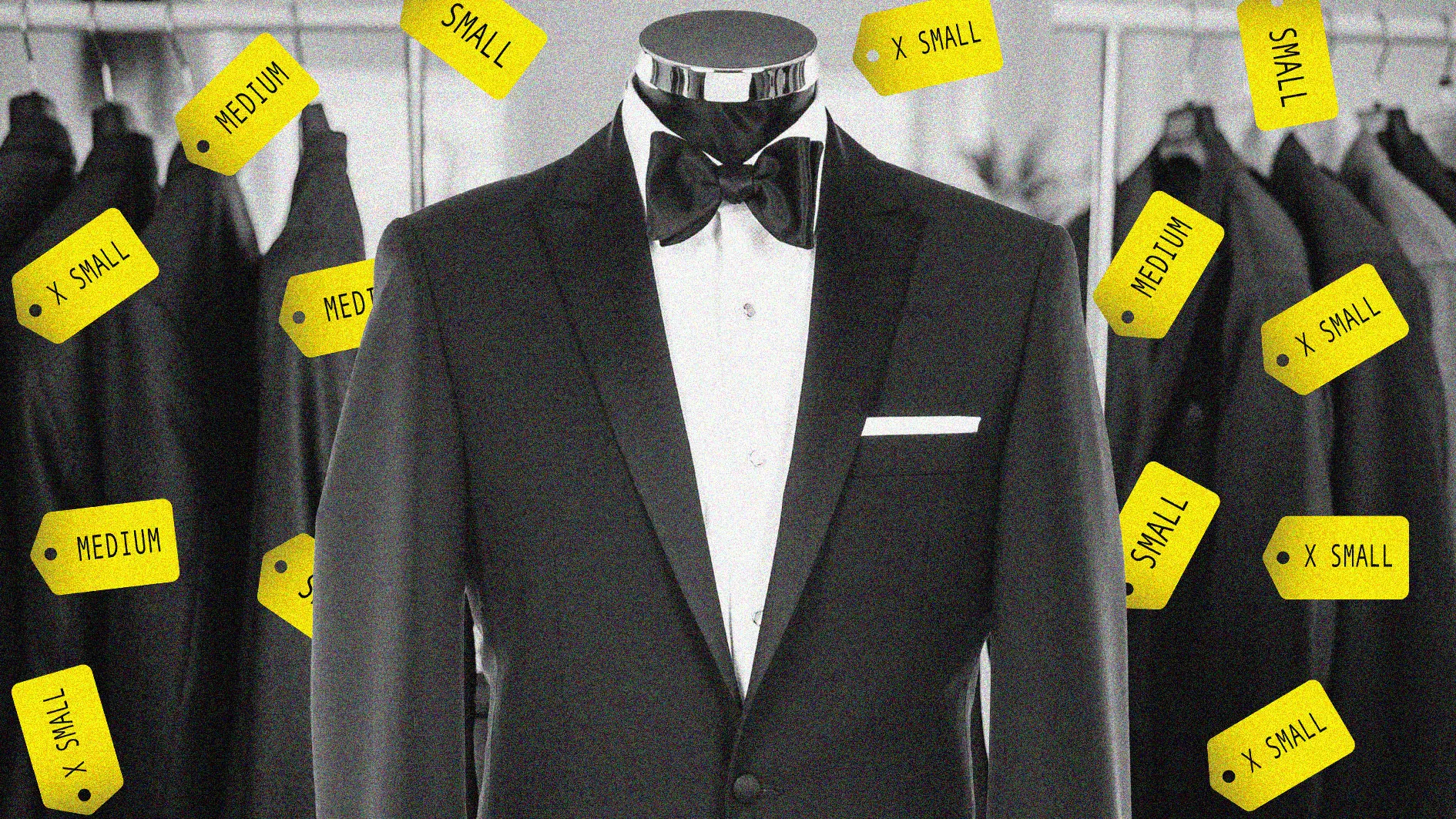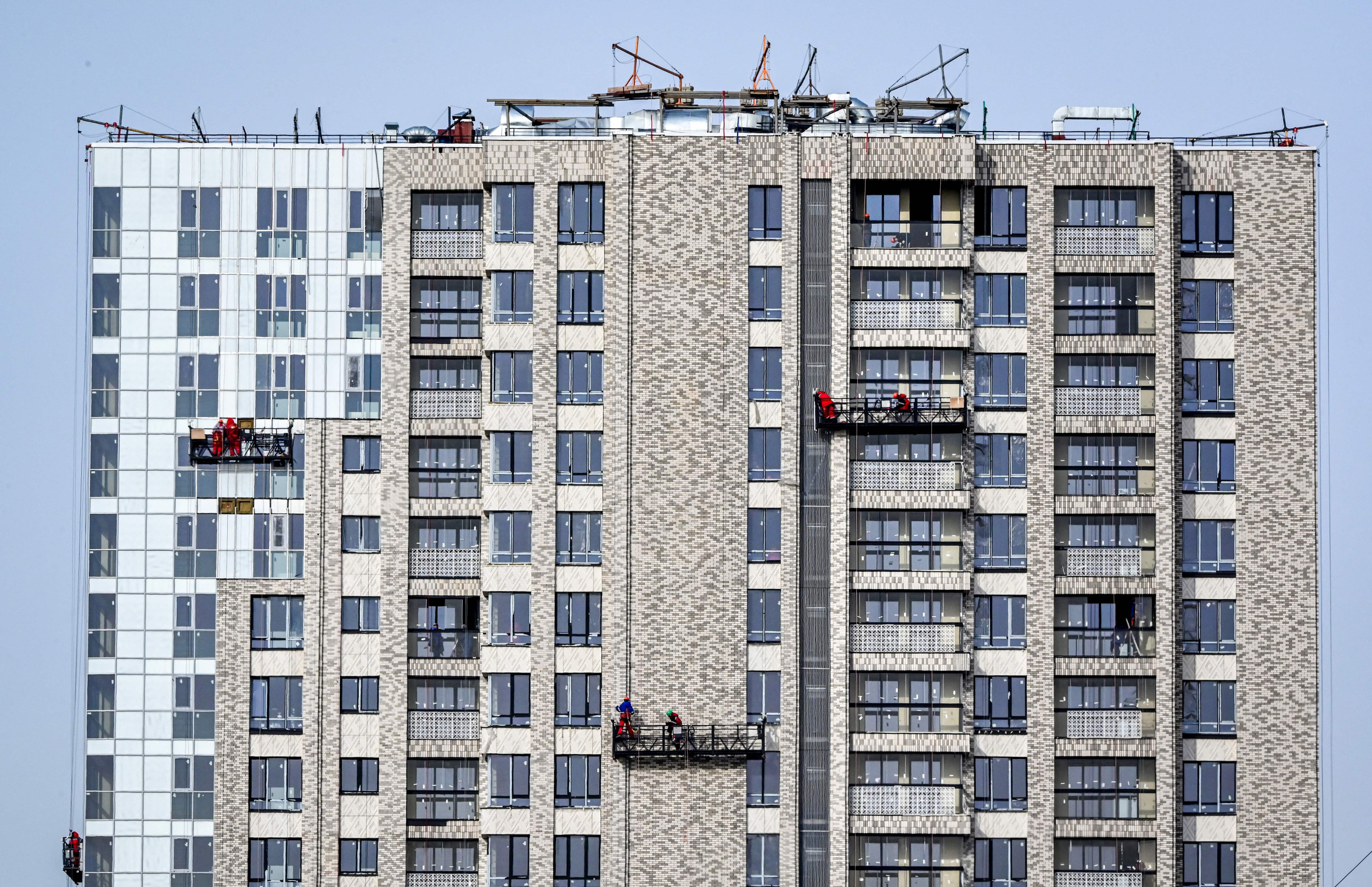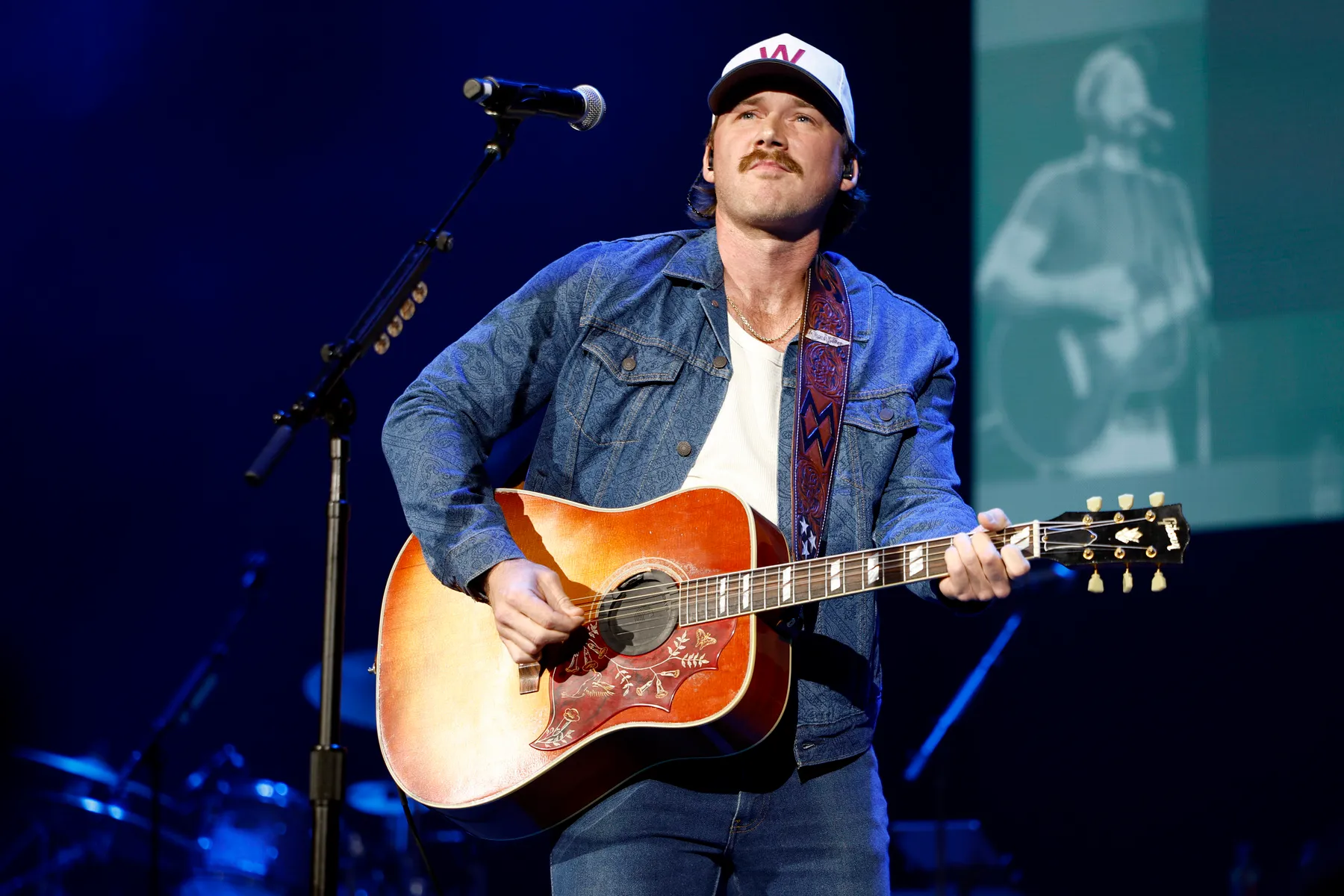By Adam Cheung
Copyright gq

I never understood the phrase “the clothes make the man.” Because if that’s really true, what happens when the clothes simply don’t, well, fit?
I’m what polite retailers like to call “broad build,” and what my less-diplomatic mates might call a “big lad.” Not six-pack big. Not gym-bro big. Just big. Bigger than most mannequins. Bigger than the guys you see modeling clothes online. And certainly bigger than the measurements that most brands seem to base their sizing on.
The struggle usually begins—as most struggles do—in the changing room. You saunter in feeling pretty optimistic. Maybe this new label has finally cracked it! You pick out something marked “XL” or “XXL” (depending on the day). You slip it on. And then, almost every time, you get that loud, unmistakable no from the mirror.
Tight on the arms, loose at the waist. A shirt that fits across the shoulders but won’t button at the neck. Or worse: something that technically fits, but somehow manages to make you look…weird? And that’s when you remember: The sizing system is well and truly fucked.
An XL from one brand fits like a dream; from another, it feels like some kind of ritual humiliation. Soon you find yourself building a mental cheat sheet: which labels secretly run small, which ones are forgiving, and which to avoid entirely unless you want to feel like you’re wrapped in cling film. At that point, shopping becomes less about treasure hunting and more like an exhausting game of menswear minesweeper. I’m not alone. According to a 2024 study conducted by size-inclusive brand N Brown, 43 percent of British men find shopping for clothes way too stressful.
Which makes a lot sense when you look at the numbers. According to NHS figures, the average British man now has a waist close to 40 inches, yet at many clothiers, XL often tops out at 38 inches (sometimes even 36)—and that’s if the brand even carries bigger sizes at all. In 2023, Vogue Business reported that only 41 percent of luxury menswear brands stock XXL and above—despite around 20 percent of shoppers wearing an XXL or larger.
“It’s very unfortunate that so many of these inclusive options are still limited to fast fashion,” says Vitor Arruda, a content creator who self-identifies as a big guy. “And with sizing guides often confusing or inconsistent, shopping can feel like a challenging task in itself. Until those issues are addressed, access to comfortable, stylish clothing will remain restricted—especially for men outside the ‘standard’ size range.”
It’s not just about size, though—it’s about proportions. Believe it or not, big dudes aren’t all shaped the same. Some of us carry weight around the belly. Others have thick thighs or broad chests. But brands seem to love a one-shape-fits-all approach. The result? T-shirts that balloon in all the wrong places. Jeans that dig in at the thighs but gape at the waist. Blazers that might fit…as long as you stand perfectly still and don’t breathe.
And that’s before you even get to the unspoken shame of it all. Men don’t really know how to talk about feeling uncomfortable in their own clothes or about being self-conscious in a room full of slimmer guys who can throw on a Saint Laurent leather jacket with no problems. When nothing ever fits right, you start to assume the problem is you, not the clothes. You learn to camouflage instead of dress. To blend in. Self-expression doesn’t even cross your mind—the goal is simply not to look ridiculous, and that’s just really sad.
What makes it all the more frustrating is that half a century ago, this wasn’t such an issue. Back then, tailoring was the norm and clothes were cut to fit you. It’s only recently that bigger men have been squeezed out—quite literally.
I felt this more than ever when I was shopping for something arguably more important than a weekend fit: my wedding tux. I expected it to be stressful—it’s your wedding, of course it’s going to be! But I didn’t expect to feel shut out entirely. One jacket pinched at the biceps like a blood pressure cuff. Another sat fine when I was standing, but turned into a wrinkled mess the second I moved. Even the so-called “big and tall” section felt like it had been designed for lanky NBA players, not normal-sized men with thick torsos and short legs.
Eventually, I had to go down the bespoke route. While I’m grateful I could afford to do that, many can’t. It didn’t feel like a win, it felt like a workaround—like I’d been forced into the premium option simply because nothing else would accommodate my body. That tux ended up looking sick as hell, and on the day I felt good. But it underscored something I’ve felt for years: When you’re a bigger guy, just participating in fashion—not even excelling, just participating—can feel a bit like an uphill battle.
Because I’d love to be the guy in the cropped Celine cardis and high-waisted Lemaire pants. But those silhouettes weren’t built for me. Bigger men in the public eye are either ignored or turned into memes. And when a “plus-size” male model does appear (gasp!), he’s usually 6’4″ with the bone structure of a Greek god and just a whisper of softness around the midsection. It ain’t representative.
Last year, I spoke with Black Panther actor Winston Duke, who told me, “I saw such a big decrease in representation of larger bodies this last season. That was striking for me because, over the last three years, the conversation of inclusivity has been about opening the runways to larger bodies. And this past season, I think I saw only two people.”
Women’s fashion, for all its faults, has at least started to reckon with size inclusivity. Menswear still acts like bigger lads don’t even exist. And yet the demand is undeniable: In a 2023 report by the British Fashion Council, data showed that up to 93 percent of online returns in the UK are due to poor fit. It’s a very real problem.
That frustration is beginning to shift, thanks in part to broader cultural ideologies. “The body-positive movement has empowered men like me to embrace our bodies and experiment with fashion, even if we don’t fit traditional norms,” says Arruda. “As more individuals embrace diverse fashion choices, the demand for inclusive options keeps growing—and that’s already led to a wider range of choices than ever before.”
Despite all of that pain, I still love clothes. I love the confidence of a great winter coat; the way a perfectly fitted pair of trousers can make you feel like you’ve actually got your shit together. Over time, I’ve found tailors who can rescue an OTR jacket with a nip here and a tuck there. I’ve stopped trying to force myself into silhouettes that don’t suit me and started doubling down on the ones that do.
Still, I dream of a world that designs with bigger dudes in mind, not just as an afterthought. Until then, I’ll keep doing what most of us do: adapting, improvising, and occasionally rage-quitting online shopping at 1 a.m. Dressing well as a bigger guy isn’t impossible—but it sure as hell ain’t easy.
A version of this story originally appeared on British GQ.



